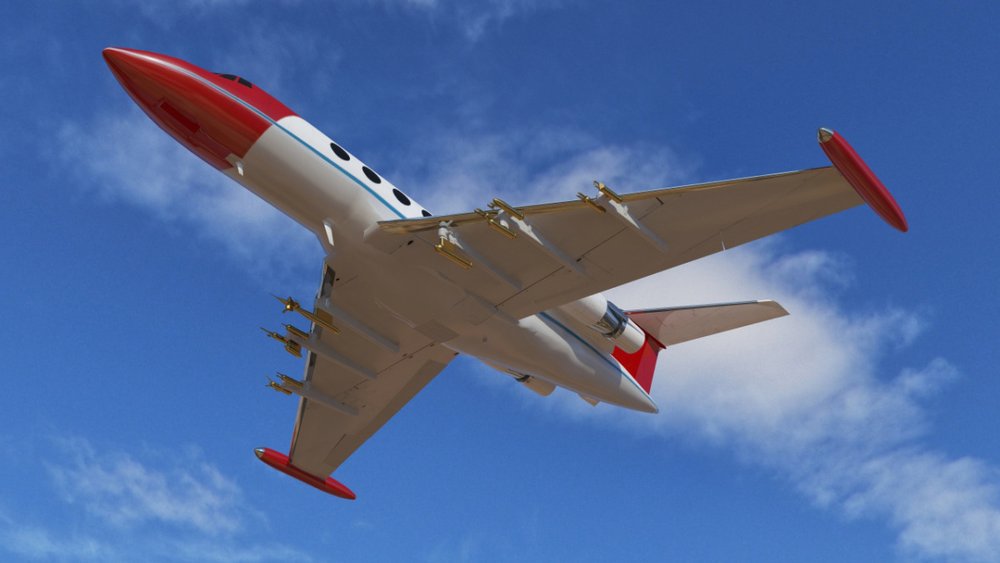Chino-Based Threshold Technologies, Inc. to Take Part in NASA’S High Ice Water Content Flight Campaign
/Threshold Technologies, Inc. (TTI) recently announced it will provide a Gulfstream II (GII) aircraft to participate in NASA’s High Ice Water Content (HIWC) flight campaign. Threshold and sister company Aviation Maintenance Group (AMG) will also provide maintenance and support for the aircraft throughout the project.

“We are very excited and proud to be joining Flight Test Associates’ team on this project,” said Mark DiLullo, Threshold’s owner and CEO, who will also act as the program’s Chief Pilot. “Threshold has nearly two decades of experience with Gulfstream aircraft. This expertise combined with our full-service maintenance and inspection capabilities will allow us to contribute to this important aviation safety program.”
Threshold’s aircraft will be extensively modified into a highly sophisticated research platform capable of conducting over 200 of flight research. Modifications will include the instillation of six under-wing pylons, which will carry an array of test instruments; and the installation of fuselage instruments, advanced weather radar and communications equipment, as well as engine monitoring instruments. Flight Test Associates, Inc. (FTA) of Mohave, CA is the prime contractor for the project.
Flight data collected by the project will be used by NASA - along with research partners the Federal Aviation Administration, Environment Canada, Airbus and The Boeing Company - to define new parameters for developing and certifying aircraft engines, air data systems and weather radar systems. The research will also support development of weather forecasting tools to help pilots avoid potentially hazardous icing conditions as well as development of ground test facilities designed to simulate the high ice water content environment.
“High Ice Water Content” refers to atmospheric conditions consisting of high concentrations of ice crystals typically associated with deep-convection storms in the tropics and subtropics. It is believed that these conditions have contributed to more than 100 jet engine power loss events (in which ice formed inside the core areas of the engine, leading to temporary shutdowns because of surge, stall or flameout) since 1989.
For more information on NASA's Aeronautics Research Mission Directorate, visit www.aeronautics.nasa.gov. For more information about NASA's Glenn Research Center, visi www.grc.nasa.gov.
